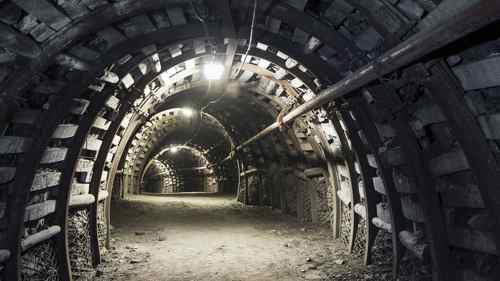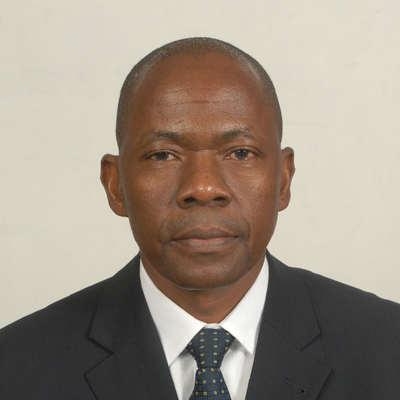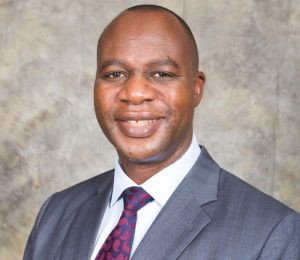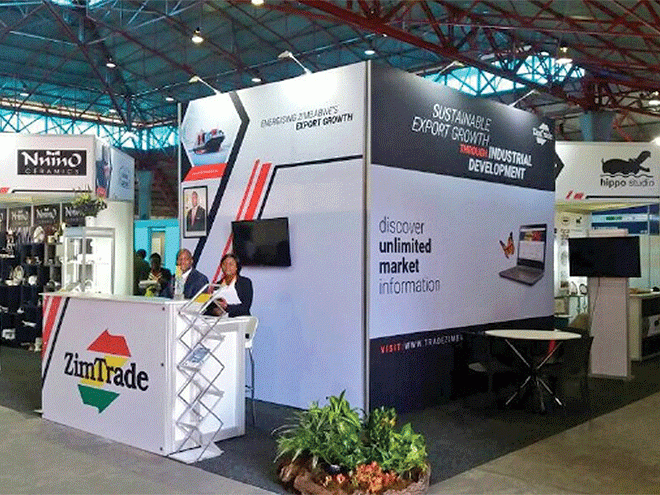
THE medium-to-long-term prospects of the mining industry remains bright, with output for most minerals expected to record growth, Chamber of Mines of Zimbabwe (CoMZ) president Elizabeth Nerwande has said.
BY MTHANDAZO NYONI
“While the performance of the mining sector during the first half of 2019 was not encouraging, with the majority of key minerals having recorded output declines compared to previous year, we are upbeat that the mining industry will recover and achieve the desired targets as government and the private sector work together to address the key challenges affecting the mining industry…,” she said at the women in mining conference held under the Mine Entra banner in Bulawayo yesterday.
Nerwande said in 2019, the industry was targeting to produce 40 000 kilograms of gold, 15 000kg of platinum, 18 000 tonnes of nickel, 3,4 million tonnes of coal, 3,3 million carats of diamond, 1,8 million tonnes of chrome and 80 000 tonnes of lithium.
“These require men and women to set perceived and real differences aside; to say what is that we can do to realise them. The medium-to-long-term prospects of the mining industry remains bright, with output for most minerals expected to record phenomenal growth. Government continues to address the structural distortions and cost of doing business in Zimbabwe,” she said.
The sector contributes in excess of 15% to nominal GDP, more than 65% to national exports, around 12% to fiscal revenue and attracts more than 50% of foreign direct investment as well as create more than 45 000 formal jobs and in excess of one million workers in the artisanal and small-scale operators.
Mining is expected to anchor Zimbabwe’s transformation to middle income economy by 2030.
She said the growth prospects provide opportunities for women to participate in the entire mining value chain. “The challenge for women and the sector, in particular, is how we can contribute to this growth. The mission is daunting as it requires a quantum leap in a period of less than 10 years,” she said.
- Chamisa under fire over US$120K donation
- Mavhunga puts DeMbare into Chibuku quarterfinals
- Pension funds bet on Cabora Bassa oilfields
- Councils defy govt fire tender directive
Keep Reading
“To be realised, the national vision must carry and incorporate all with something to contribute. Among women, we have capable engineers, accountants, geologists, metallurgists, miners and entrepreneurs. If we join hands with our male folks, Zimbabwe will surely emerge stronger,” she said.
In a speech read on her behalf, Women Affairs, Community, Small and Medium Enterprises Development minister, Sithembiso Nyoni (pictured), said the mining sector in Zimbabwe was gender insensitive. “This conference is important because women in the mining sector in Zimbabwe still face major challenges such as lack of investment capital and knowledge on available opportunities. The mining sector in Zimbabwe has generally been regarded with mystification as a sector for the white, rich and powerful,” Nyoni said.
“This is because mining is associated with high capital investments, big machinery and underground activities. For women, the situation is made worse by occupational segregation and lack of access to capital, even for the most basic tools.”
She called for concerted efforts towards creating a conducive environment that would encourage more women to venture into mining.











